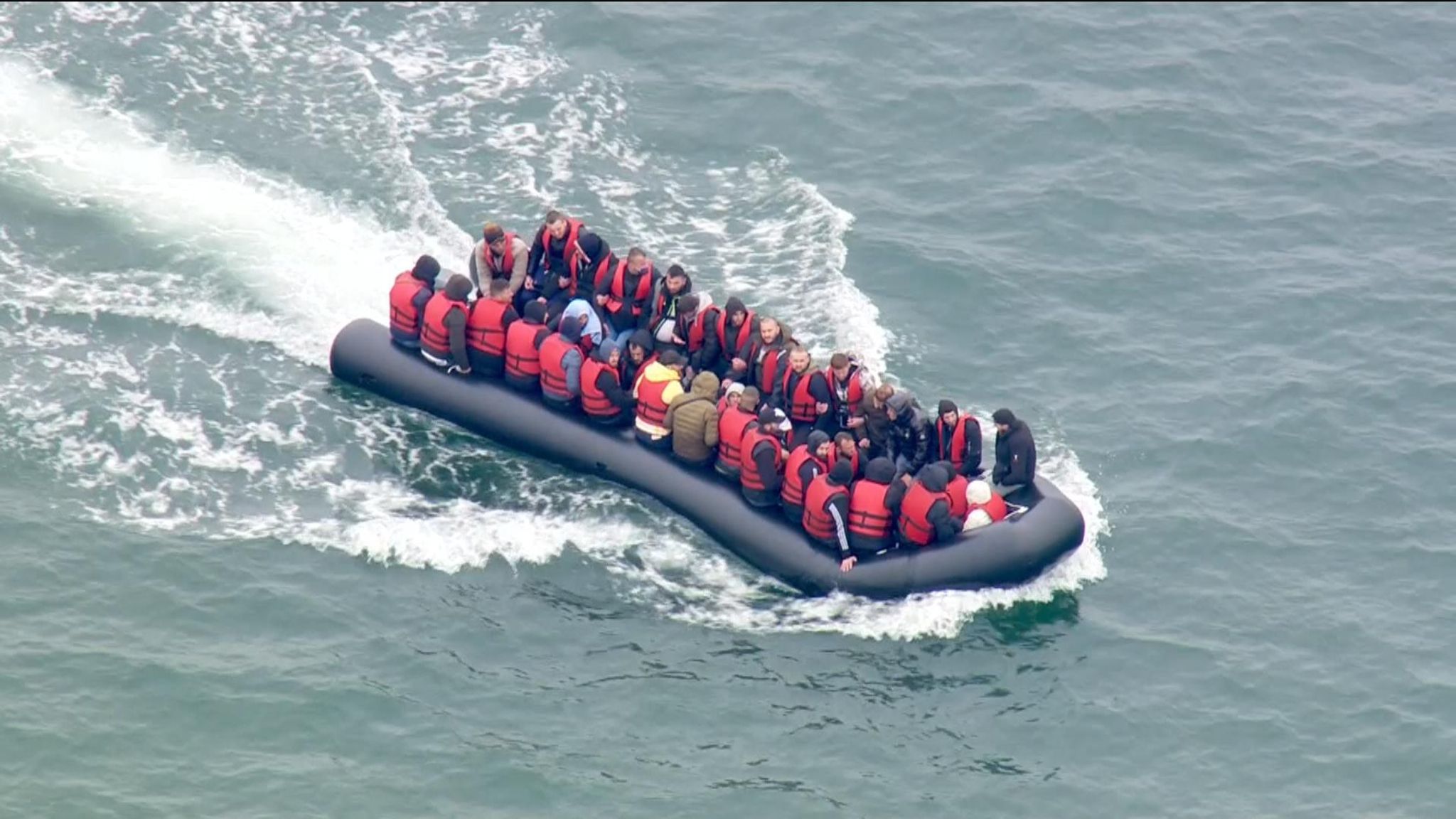I'd estimate about 300mm per person, plus about 400mm either end, that would make it about 5 metres long.Another with a no doubt wide angled lens. Looks over 25ft carrying around 30 passengers. P&O could learn a trick here, wasting their money on big ships and all these dingy manufacturers who waste time and effort getting CE mark certification. Just set up in France, no body cares.

and another at least 20 ft long carrying 25-30 people.
DIY boats then.
No respectable manufacture would produce boats of this size, due to the inherent instability, not to mention the inability to make it comply with DIRECTIVE 2013/53/EU
And the space for each person looks closer to 300mm. Plus about 400mm at the bow and the transom. Very different from your 500mm to 600mm per person, plus 1,2 metres at each end. Then there's many in the middle.
You do like to distort the perspective in order to carry your inhumane and xenophobic argument.
If you take one passenger's back, at about 1 metre, (about 2cm in the picture) then compare that to the length (passenger space) of the boat (about 12cm in the picture), I'd estimate about 6 metres in length, plus about 400 mm either end, that'll be under 7 metres.
You've been all over the place with your estimates, 6 - 8 metres, at least 8 metres, 8 - 10 metres.
All exaggerations base on your prejudice.
But the length of the boats, the carrying capacity, the safety of them is not the issue. The issue is that they're forced into making such hazardous crossings because there are no safe nor legal routes for them. if you were genuinely so concerned you'd be campaigning for those safe and legal routes.
No more than DIY flotation devices then. You were saying how many people these boats were designed for?Indeed - you have at least 2.5 tonnes of load, no rigid hull, a motor that can barely push you along and a vessel likely to fold /twist if it has to deal with any kind of wave frequency. The transom is held on with sticky tape, so if that opens the two pontoons will separate and everyone will be dumped in the sea.
I'm pretty sure that RNLI don't operate in the Med.There have been vessels similar to this with 100 people used in the med and sadly they frequently drown despite the warmer water. ... they know they will be picked up by border force, coast guard or RNLI taxi service if anything goes wrong.
Yes they do frequently drown, all the stronger argument for safe and legal routes to be created.
Any argument against asylum seekers crossing any body of water, based on the argument that it's not safe nor legal falls at the first hurdle, when those protagonists refuse to consider safe and legal routes.
See above. Your argument is disingenuous if you refuse to consider safe and legal routes.The channel despite being tidal, busy and cold is a much shorter crossing than Africa to Italy via the med. It doesn't matter if you are at sea for 30 mins or 30 hours, you'll drown very quickly if you have no floatation.
Why are you concerned, as long as they don't make it to UK?In the Med the boats are way worse, probably 150 people on this one:


